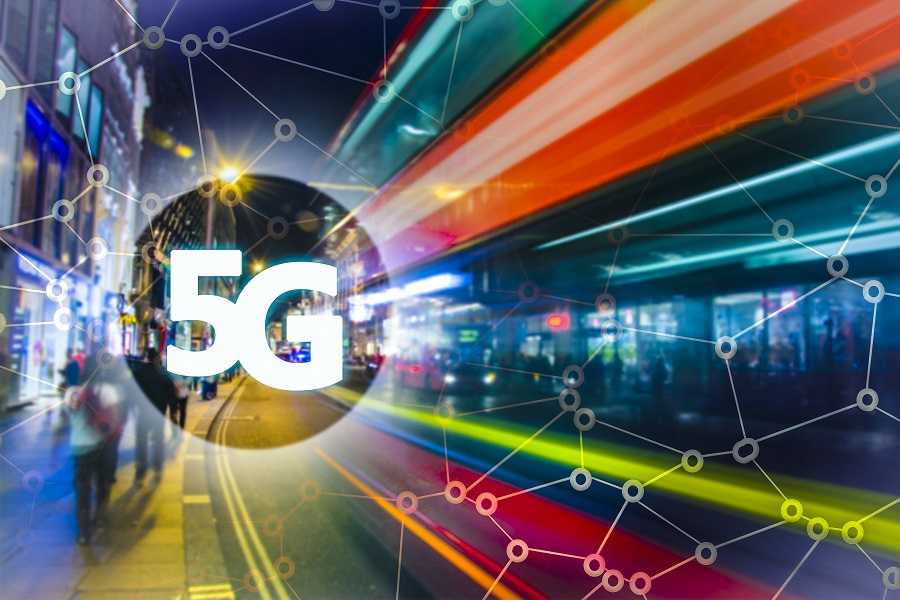5G is the new, emerging wireless industry standard that will eventually replace the 4G LTE protocol on wireless networks. While some countries and carriers have already deployed 5G technology in select areas, other providers are in the process of making plans to upgrade their networks. From a technical perspective, 5G is the wave of the future since it will enable increased bandwidth and reduce latency on wireless networks. This means more devices will be able to connect simultaneously and users will not experience as many dropped calls and slow or underperforming data connections.
Why was 5G Technology Developed?
Due to the increasing demand placed on wireless networks, 5G was developed to allow an increase of not only the number of devices but the types of devices that use wireless data or internet connections. The “Internet of Things” or IoT refers to smart devices that connect to transmit data. Think of smart TVs, smart thermostats, self-driving cars, and precision agriculture devices that need a mobile or wireless internet connection. The 5G networks are needed to support and make the widespread use of smart devices across industries and households possible.
Deployment of 5G Technology and Networks
Deployment of 5G networks means upgrading and converting equipment on existing wireless towers and building new towers to increase coverage. A 5g test network helps provide verification that the speeds are fast enough, the latency on the network is low, and the coverage density is adequate. However, there is more to testing a 5G network than verifying these factors, and there are currently several testing methods providers can use.
What are the Different Network Testing Methods?
The protocols available for testing include new radio, millimeter wave, massive MIMO, beamforming, and network slicing. New radio or NR has been around since late 2017 and includes a diverse frequency range from less than 6GHz to 100 GHz. Millimeter wave uses a higher band of frequencies but can be challenging to use if there are several buildings or walls around. This is because the range of frequencies used in millimeter wave testing is not able to pass through buildings or walls.
Massive MIMO or multiple input, multiple output relies on antenna technology to increase the rate of data that can be transmitted. Beamforming utilizes algorithms to send wireless signals into beams, which can be used to avoid obstacles or structures that could inhibit wireless data transmissions. Network slicing involves adapting the spectrum on a wireless network to the devices in use. While some devices need low latency, others require more throughput or capacity.
The 5G wireless networks are the wave of the future for both urban and rural areas. Although it may take longer for the technology to be deployed in rural communities, the explosion of smart home technology and smart devices used by multiple industries will make 5G a necessity. The networks have the capacity of handling more devices and higher data demands while decreasing the latency that comes from increased network demand. The use of 5G is likely to revolutionize the way we use the internet and add conveniences to our lives.













